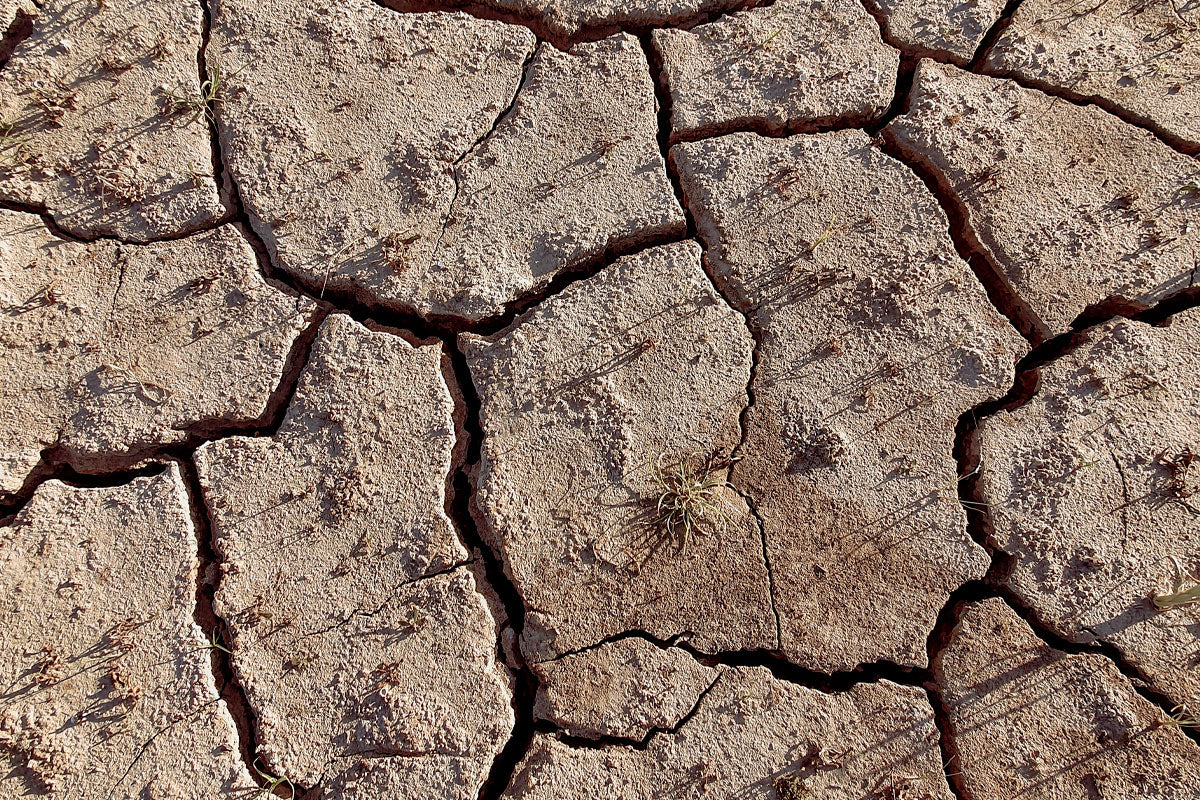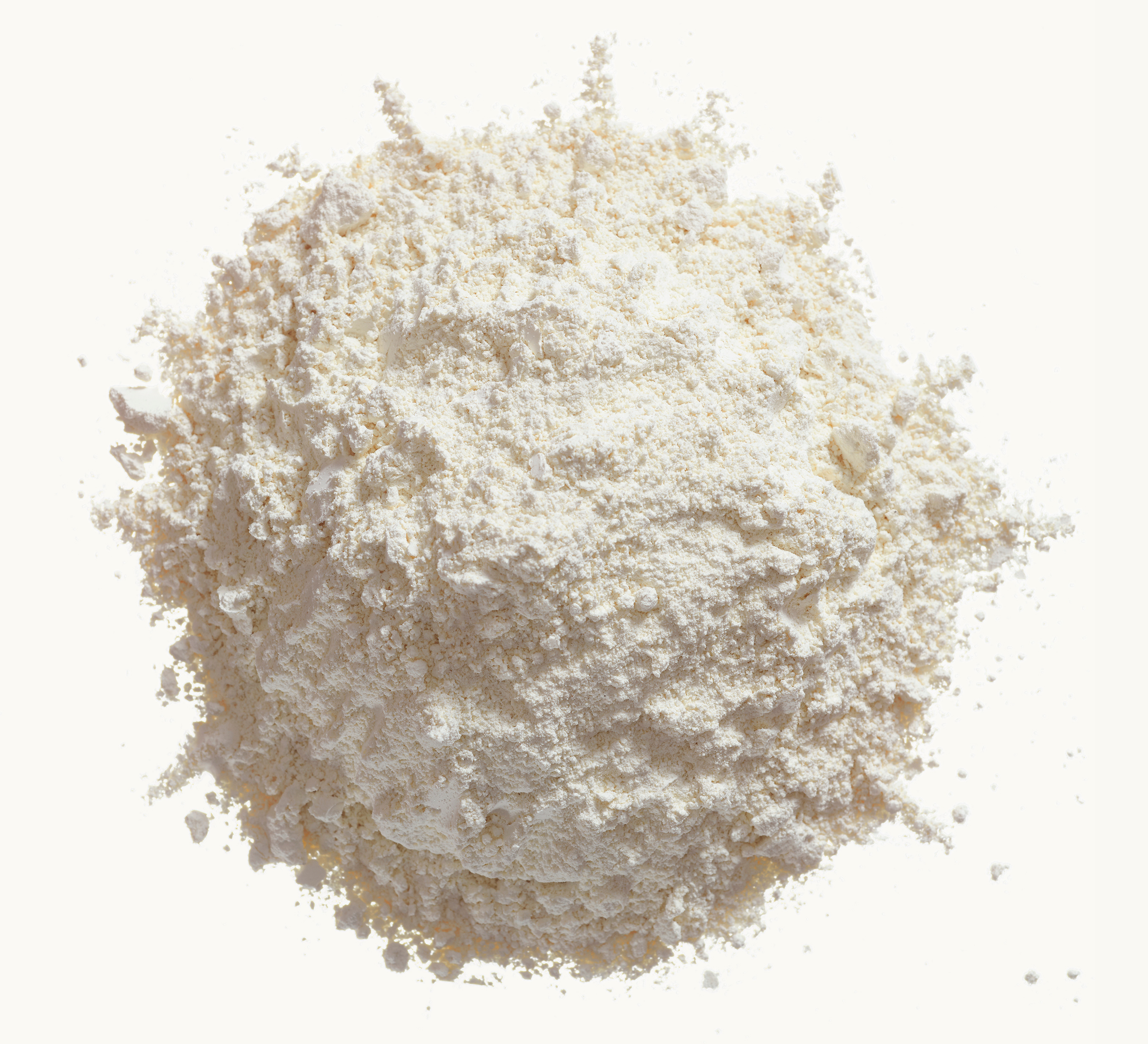Currently, experts from the IPCC (Intergovernmental Panel on Climate Change) are clear: global warming will threaten the human species much faster than we think. What are the mechanisms of this warming and their consequences? An update on a… burning subject!
Global warming, who is to blame?
The Earth has already experienced alternating periods of extreme cold and warming, because the climate changes naturally. But these phenomena that used to take millions of years are now happening much faster, barely more than a hundred years! Who is responsible? Human activities that produce greenhouse gases (GHG) that cause temperature increases. Unfortunately, it takes a century to dissipate them: if we stopped all CO2 and methane emissions today (the two main GHGs), the atmosphere would still warm by almost 1°C by the end of the century… A small degree that would nevertheless represent a real upheaval for the environment : for example, at 1°C, the ice melts or does not melt and certain forms of life, plants and animals, that will not be able to adapt to this too rapid change, will be largely impacted. However, we are heading towards an increase of +2°C at least…
From global warming to the greenhouse effect
Every second, the sun's rays reach the Earth and warm the ground, which emits infrared rays that, with this heat, return to the atmosphere. However, greenhouse gases (mainly CO2 , methane or nitrous oxide) and water vapor form a sort of filter that retains part of this heat. Thickened by the accumulating GHGs, this "cloud" lets less and less infrared rays escape and transforms into a "lid" that retains them with the heat they emit: this is the greenhouse effect. And this is why we call these gases "greenhouse gases". They prevent the rays from passing through, block the heat and raise the temperature. Originally, this is a natural phenomenon, which is becoming unbalanced and amplified today because of human activities.
What are greenhouse gases?





These gases come from oil-consuming transport (planes, boats, cars), industrial activities operating by burning coal and gas (electricity production, heating), intensive livestock farming and its consequences (deforestation to grow cereals to feed livestock, fertilizers, fermentation of slurry, use of machines, etc.).
- Excess carbon dioxide, CO2 , in the atmosphere is mainly produced by human activities such as the use of fossil fuels (oil, natural gas and coal consumed for industry, heating and transport), cement manufacturing and land use changes (deforestation, agriculture and urban sprawl). This excess CO2 is the primary cause of the additional greenhouse effect, and therefore of global warming since 1750.
- Methane, which takes about 10 years to disappear compared to 100 years for CO2 , has a "warming" effect 28 times greater than CO2 . However, the concentration of methane has increased significantly in the last century due to intensive agriculture and fermentation processes in marshes, ruminants and landfills.
- Nitrous oxide, naturally emitted by soils, comes in particular from the use of nitrogen fertilizers by agriculture.
- Ozone, naturally present at an altitude of 20 km, can also be emitted into the lower layers of the atmosphere due to compounds produced by transport.
Which countries emit the most CO2?
According to a report by the NGO Carbon Disclosure Project (CDP) in association with the Climate Accountability Institute, dating from July 2017 and based on public figures, 25 countries – out of the 200 in the world – are responsible for more than half of carbon dioxide emissions since 1988. In order, there is China with 10 Giga Tonnes of CO 2 /year in 2017, the United States (5 GT/year), India (2.5 GT/year), Russia (1.7 GT/year), Japan (1.2 GT/year) and Germany 1.8 GT/year.
This order differs if we look at CO2 emissions per capita: Qatar is in the lead with 30 tonnes/inhabitant/year, then Curaçao with 23T/inhabitant/year, then Kuwait, the United Arab Emirates, Gibraltar, Bahrain, Saudi Arabia, Australia, Canada, then the United States and Luxembourg. It is the countries that export a lot (like China) that bear the heavy responsibility even though they produce mainly for other countries. Europe boasts of having drastically reduced its CO2 emissions, while in reality, by relocating factories and industries to Asia, it is only emitting them on another continent... Which changes nothing for the planet!
Fossil fuels, the main culprits of global warming?

Still according to the report of the NGO Carbon Disclosure Project (CDP) in association with the Climate Accountability Institute, 71% of CO2 emissions come from some 100 companies, mainly producers of fossil fuels which are the main responsible for global warming. The companies with the greatest ecological impact: China Coal (14.3%) of global greenhouse gas emissions), Saudi Arabian Oil Company (4.5%), Gazprom (3.9%), National Iranian Oil (2.28%) and Exxon Mobil, Suncor, Shell, BP and Total (the only French company on the list with 1% of emissions). Fossil fuels (oil, natural gas and coal) are therefore the major lever for stopping global warming.
The consequences of global warming



The consequences of global warming impact public health with health risks such as epidemics, but also agriculture, production and therefore the economy, as well as the increase in extreme weather phenomena such as cyclones or drought.
The disappearance of fauna and flora
Some animal species will disappear with a domino effect on the food chain, as well as plants, further reducing biodiversity. Furthermore, disruptions can also be chemical: CO2 partly absorbed by the oceans leads to acidification of the waters and has disastrous consequences for marine ecosystems such as coral reefs.
Ocean disruption
The increase in ocean temperatures prevents phytoplankton from photosynthesizing, i.e. its ability to produce oxygen, which leads to deoxygenation of deep ocean areas. Still on the ocean side, islands and cities by the sea are also in danger, either because they are sinking or because the sea level is rising. We immediately think of Venice, but also Miami or Jakarta, the capital of Indonesia, which we know will be partly submerged by 2050 and which will have to… move!
Climate and weather disruptions
Climate change, while not directly causing more hurricanes and cyclones, is however increasing their intensity, frequency or duration: episodes that were once exceptional or seasonal, such as heatwaves, are more frequent. In some regions of the world, temperature and humidity conditions will be such that they will become unlivable: around the equator, by 2050, life will no longer be possible on the one hand because of the heat, and on the other because of the consequences of this warming on the ecosystem, water, the ability to cultivate, etc. In France, warming will reduce the differences between the seasons. In the countries of the South, it will rain even less and the drought will be even greater. As for regions covered in ice or snow, their surface area will decrease so much that they reflect less of the sun's rays and therefore increase the warming of the ground. It's a real vicious circle: the more these cold surfaces disappear, the more warming increases, and the more warming increases...the more they melt!
What are the health effects?
Floods, heat waves, changes in ecosystems linked to rising temperatures will have an impact on the emergence, transmission and spread of viruses. This is already the case for the spread of infectious diseases transmitted by mosquitoes. For example, when a region warms by 1°C to 2°C, the tiger mosquito – native to tropical forests – migrates a little further north. However, this species, one of the most invasive in the world, has acclimatized to the urban and temperate environment. Already in 80 countries – including France since 2004 – this mosquito is spreading across the planet. A vector of many diseases – including yellow fever and dengue fever – and viral diseases – such as Chikungunya and Zika – it wreaks havoc on the most vulnerable and urbanized populations. A few degrees more and malaria will also threaten millions more people, not to mention diarrheal diseases, often caused by water contamination. Closer to home, mild winters may lead to variations in flu epidemics and population immunity, and warming may well, as it has already done in the tropics, extend the length of the flu "season" allowing the virus to mutate and develop more resistant strains.
Global warming is mainly caused by the use of fossil fuels (gas, oil, coal) on which we are all so dependent. In the medium term, we will have to face serious and inevitable consequences. The only solution: modify to slow down these developments in their mad race to limit global warming .































